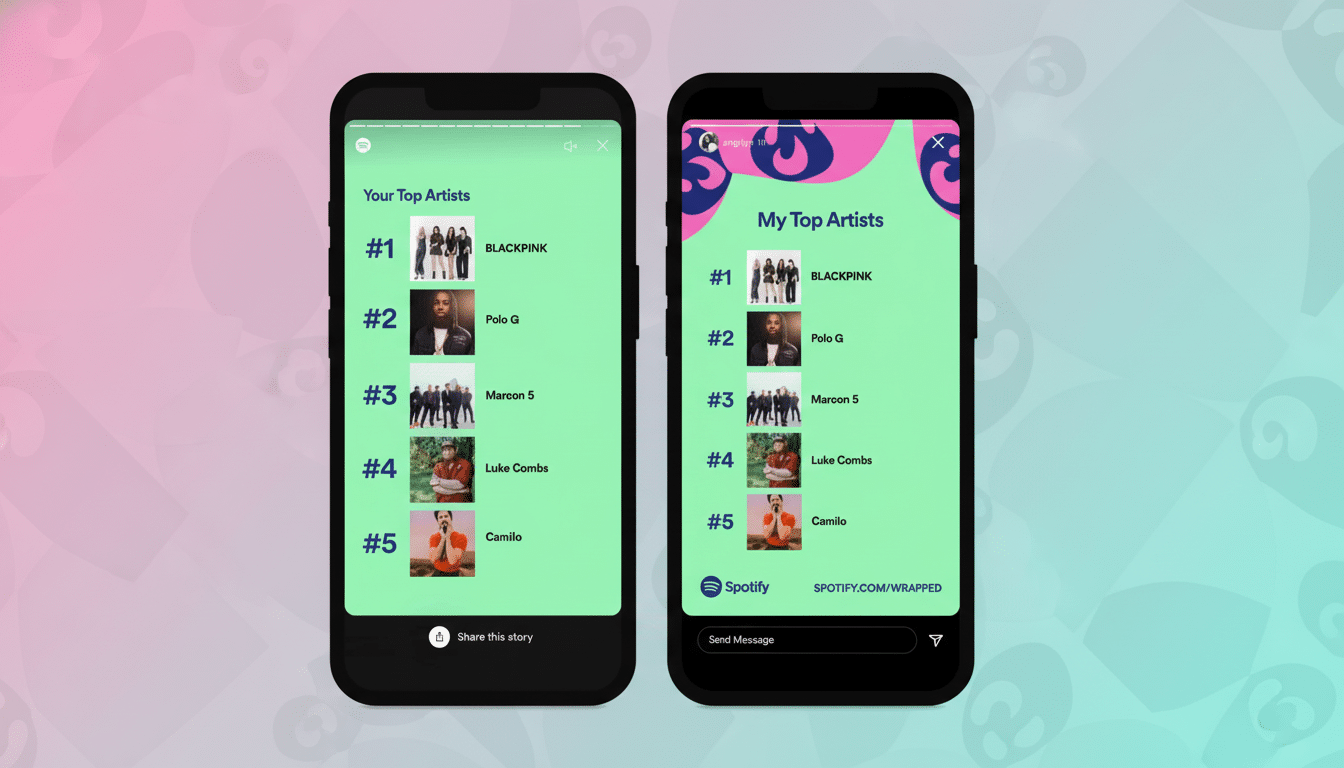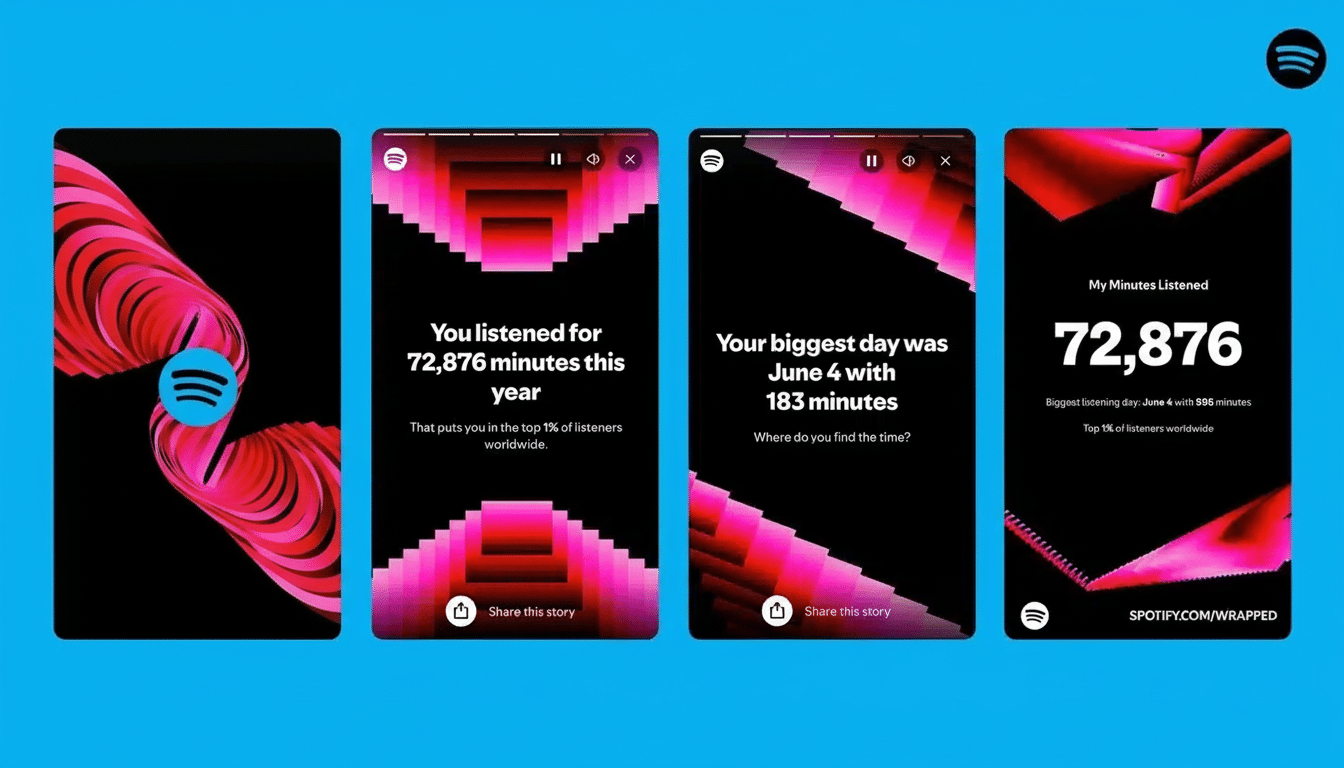Spotify is introducing a small but important way to prevent curiosity plays from taking over your recommendations. Starting today, you can remove any single track from your Taste Profile, the personalization system upon which Home feed, Discover Weekly, Wrapped and many “Made for You” mixes rely. The option functions on both web and desktop, as well as iOS and Android — for Free and Premium users.
That’s a pain point that this change alleviates: You sample a song one time — perhaps it’s a viral novelty hit, your kid’s favorite cartoon theme, or just some genre you were dabbling in — and the algorithm suddenly thinks you’re all in. With the new toggle, those one-off listens won’t persist as long-term signals, so your recommendations are kept closer to what you actually want to be hearing.
- Why That One Play Could Risk Warping Your Recommendations
- The New Exclude Option on Spotify and How It Works
- How This Change Affects Wrapped and Algorithmic Playlists
- A Small Toggle, With Big Algorithmic Consequences
- How It Compares to Other Music Streaming Services
- Pro Tips for Keeping Your Recommendations Clean

Why That One Play Could Risk Warping Your Recommendations
Spotify’s recommendation engine is based on large-scale collaborative filtering and signals from user behavior, as its engineering team has described over the years. One stream can actually be surprisingly “loud” if that connection takes your account to a new cluster of listeners and artists. In shared homes or following headlines, that can nudge your Taste Profile toward styles you never wanted to sniff at again.
The impact is everywhere: Home screen rows shuffle, Release Radar bops detour and even casual Blend sessions with friends can taste a bit different. For a platform with more than 600 million monthly active users, according to company earnings reports, small personal signals at scale can produce outsized results. The new control simply mutes the unwanted signals without forcing you to micromanage each feed.
The New Exclude Option on Spotify and How It Works
Locate the track, tap or click the three-dot menu and choose “Exclude from your Taste Profile.” That’s it. If you later decide the song actually does belong in your mix, just repeat the steps and “Include in your Taste Profile.”
Crucially, this does not delete the listen from your history or library activity. It only prevents that track from being used to train your recommendations, and precipitated metrics about how the year in listening shaped up for you. The feature is rolling out globally, so if you don’t see it yet in your app it should show up in the coming days.
How This Change Affects Wrapped and Algorithmic Playlists
And because the Taste Profile powers marquee features like Wrapped, leaving a song out will help keep your year-end recap truthful. No more one-play outliers making an appearance in your top songs or top genres. The same can be said for algorithmic playlists like Discover Weekly, Daily Mix and Blend — because those sets are less likely to veer in one direction if they came from just one experiment.

Until now, you could mitigate this effect by omitting entire playlists from your profile, by blocking artists or by hiding songs depending on the context in which they appeared. Those tools do matter still, but they were blunt instruments. Per-track exclusion is a scalpel: good for surgical fixes like after a single detour.
A Small Toggle, With Big Algorithmic Consequences
For listeners, this minimizes personalization “regret” and creates trust: You will be able to experiment without worrying that they will haunt your recommendations. For an artist or label, it potentially means a cleaner signal. The fewer accidental plays that you are feeding to the model should improve audience targeting, which is also an increasingly important concern in a streaming market where data quality will drive discovery.
Context matters here. Streaming accounts for approximately two-thirds of recorded music revenue worldwide, according to the IFPI’s Global Music Report, and algorithmic playlists are crucial on-ramps for new releases. By allowing people to downrank the anomalies, Spotify is pushing its system closer to an accurate map of tastes, which aids both in discovery and retention.
How It Compares to Other Music Streaming Services
Other competing platforms provide roughly analogous tools in spirit, but with subtle differences. Apple Music allows you to “Love” songs and includes an option “Suggest Less Like This” to downplay particular recommendations. YouTube Music features artist blocking and “dislike” feedback, as well as a setup flow to tune your genres and moods. Spotify’s twist is the explicit promise that a play won’t count toward shaping your Taste Profile or end-of-year Wrapped, which is handy for those of us who care (or share an account with family).
Pro Tips for Keeping Your Recommendations Clean
- Private Session is for times when you know a listening binge will be off-brand for your regular habits — say, lullabies at bedtime or a clattery soundtrack during study.
- Continue to use Like and Follow to positively weight the artists you love — positive signals continue to weigh heaviest.
- If an entire playlist doesn’t match your tastes, feel free to remove the whole thing from your profile for a wider reset. If one song does not define you, exclude it and skip to the next.
Together, these controls make Spotify’s personalization feel more purposeful. You have the freedom to explore, tools to correct course and suggestions that are closer to what you actually want to hear.

